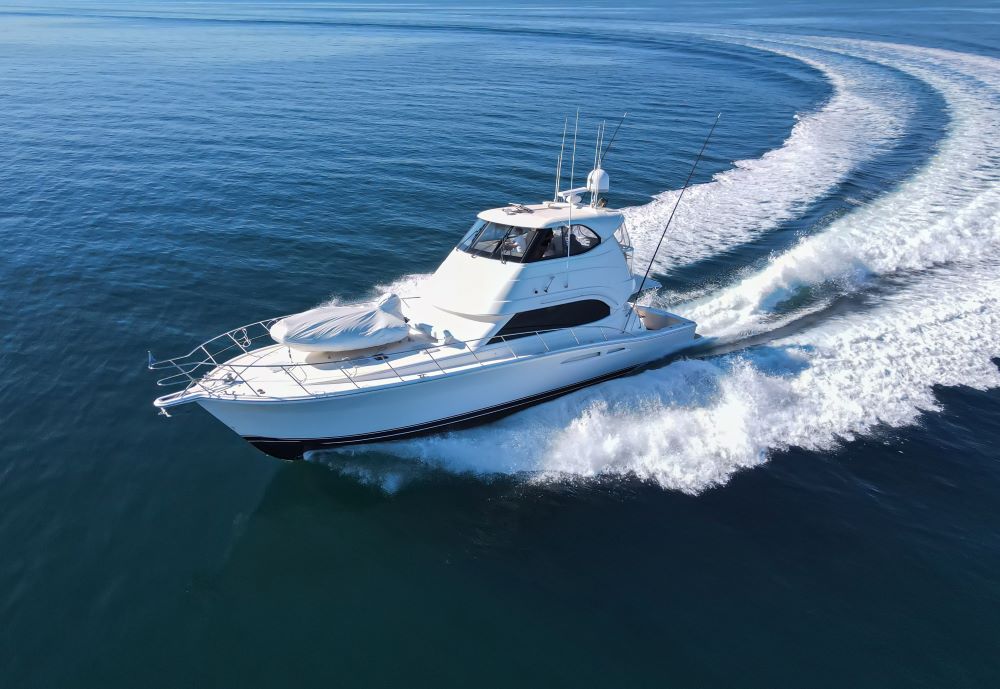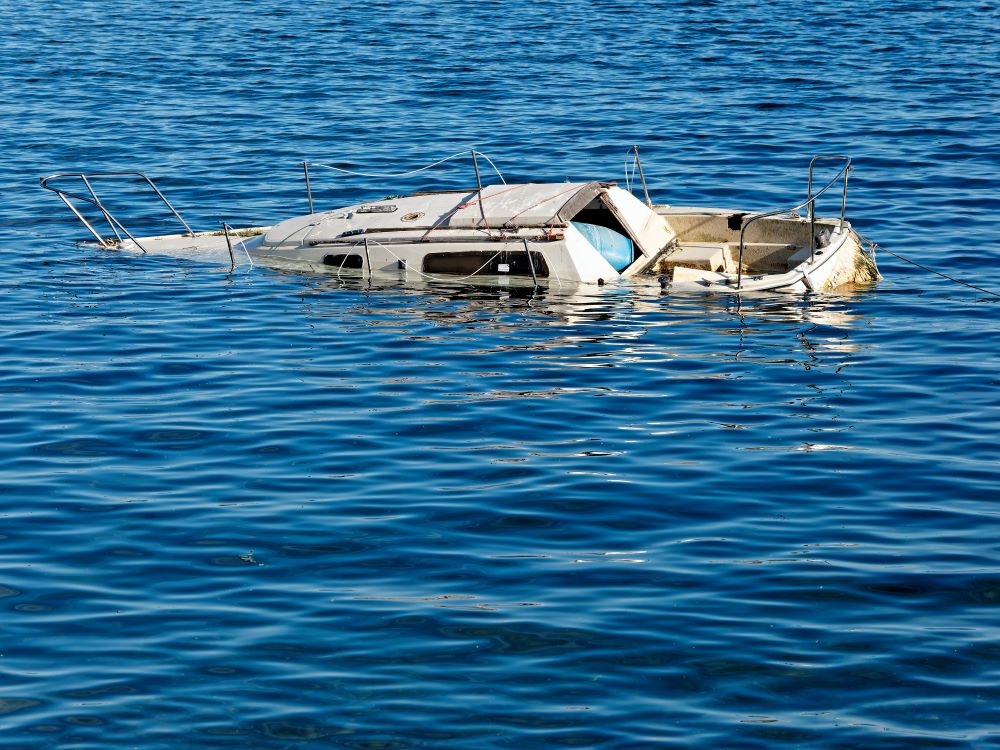Boating Safety Blog
How to Avoid Capsizing Your Boat
January 8, 2024
Every year, Canadian boaters lose their lives when their boats capsize. Even if you are wearing a life jacket, finding yourself suddenly in the water with nowhere to go can be scary. Remember, you are responsible for keeping the passengers on your boat safe at all times. Before heading out on the water, learn how Read more ›
PFD Rules and Regulations in Canada
November 28, 2023
Personal Flotation Devices or PFDs, otherwise known as life jackets, are key to safety when boating or near water. But just taking your PFD with you to the beach or on a boat isn’t going to keep you safe: you have to wear it! And, you have to wear an approved model that is right Read more ›
Drinking and Boating Laws in Canada
Just like drunk driving, boating under the influence is a serious offense under Canadian law. Not only is it illegal, drinking while driving a boat makes you a danger to yourself and others. In fact, more than half of all boating accidents in Canada are linked to the consumption of alcohol. While the legal consequences Read more ›
Boat Hull Types and Designs
November 1, 2023
When it comes to boats, the hull type is really important. It’s not just about looks – the way a boat’s hull is shaped determines what the boat can do on the water. There are different types and designs of hulls for different jobs. Some hulls move through the water by pushing it aside, making Read more ›
Fueling a PWC (Personal Watercraft)
It’s important to be careful when fueling your personal watercraft, as PWC fuel can ignite or explode when spilled, and an overfilled tank can pose a safety hazard to you and the marine environment. What is the best way to fill the fuel tank on a PWC? It is important to fill your tank responsibly Read more ›
Boat Radar Reflector Requirements
February 28, 2023
When it comes to safety at sea, boat radar reflectors are key for improving visibility and reducing the risk of collision. Marine radar reflectors help small boats by making them visible to larger vessels. When installed correctly, a boat radar reflects radio waves back to the radar platforms of other boats, making the smaller boat Read more ›
How can boat operators avoid causing damage with their wake and wash?
February 10, 2023
The ‘wake’ is the trail of waves caused by a boat as it moves through the water. The ‘wash’ (also called whirlpool or eddy) is the circular churning of water created by the boat’s back propeller. Both phenomena can cause environmental damage and endanger other boats. It is important to try to minimize the impact Read more ›
How to Safely Navigate a Narrow Channel While Boating
February 9, 2023
Narrow channel navigation Navigating a narrow channel can be a perilous endeavour, even for a seasoned skipper. Reduced visibility makes narrow channels particularly delicate to navigate. This is especially true for larger vessels. Due to dramatically reduced manoeuverability, navigating a narrow channel can represent a danger for both the navigator and for the pleasure craft. Read more ›
What is a Boat Compliance Notice?
February 8, 2023
If you own a boat, you need a boat compliance notice. A compliance notice is issued by the manufacturer or importer. It certifies that the vessel meets the standards set out in the Government of Canada’s Small Vessel Regulations. Manufacturers and importers are responsible for preparing and providing the document. We explain the contents and Read more ›
What Actions to Take When a Boat Springs a Leak
December 18, 2022
A boat that springs a leak can quickly become a problem. No matter where you are, leaks can easily become a hazard. A hole below the waterline, no matter how small, can let in many gallons of water, causing the boat and everyone on board to capsize. To avoid this situation, the National Boating Safety Read more ›











